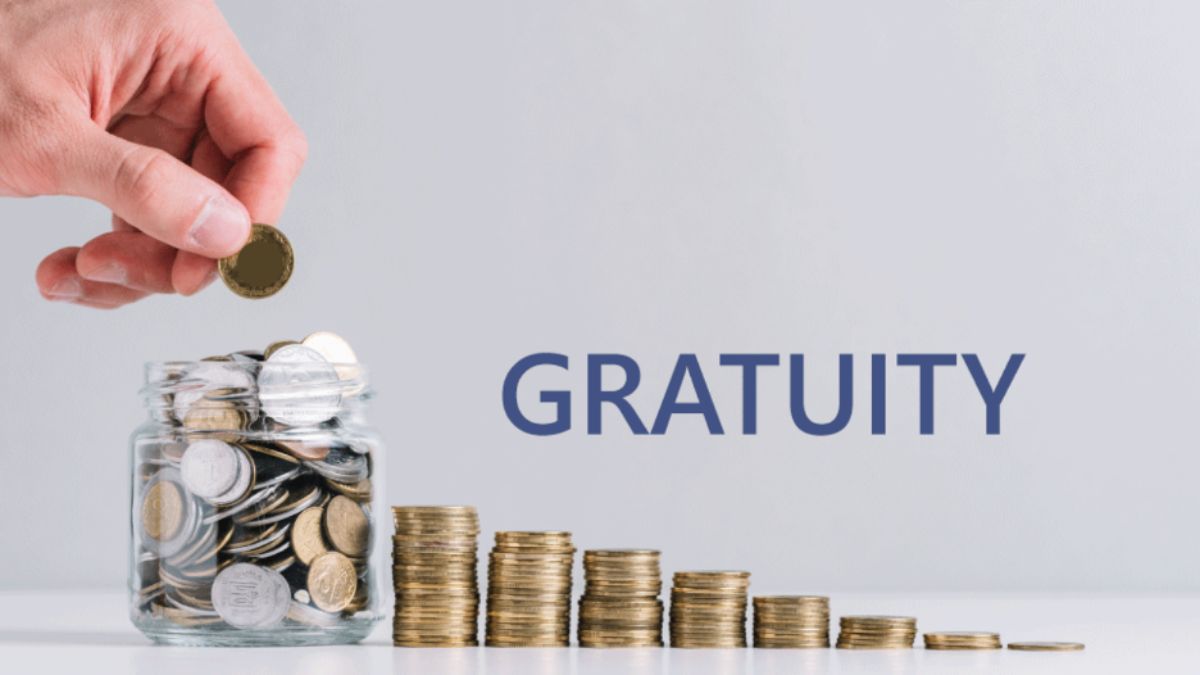Gratuity is a financial benefit provided to employees by their employers for long-term service. Governed by the Payment of Gratuity Act, 1972, this benefit serves as a token of appreciation for an employee’s commitment to the organisation. While the rules for government and private sector employees are largely the same, private sector employees need to understand specific regulations to claim their entitlements. This article explores the key rules, eligibility criteria, and how to calculate gratuity for private sector employees.
What is gratuity?
Gratuity is a lump sum amount paid by an employer to an employee upon leaving the organisation under specific conditions. It applies to companies, factories, mines, and other establishments with a workforce of ten or more. Once an organisation qualifies under the Payment of Gratuity Act, it remains obligated to provide this benefit, even if the employee count falls below ten.
This payment recognises an employee’s loyalty and helps them secure their financial future post-retirement or upon leaving the job.
Eligibility criteria
Employees in the private sector qualify for gratuity if they meet the following conditions:
- Continuous service: Completion of at least five years of uninterrupted service.
- Special circumstances: The five-year rule does not apply in cases of death or permanent disability, ensuring immediate eligibility.
- Specific industries: Workers in underground mines become eligible after four years and 190 days of service, while other industries require four years and 240 days (approximately four years and eight months).
When is gratuity payable?
Employees are entitled to this benefit in the following situations:
- Upon retirement or resignation after completing the minimum service period.
- In the event of death or permanent disability (paid to the nominee or legal heir).
- When employment is terminated due to retrenchment or voluntary retirement schemes.
This payment cannot be claimed while the employee is actively working with the organisation.
How to calculate gratuity
The Payment of Gratuity Act provides a formula to compute the amount based on an employee’s last drawn salary and years of service.
Formula:
(15 × last drawn salary × years of service) ÷ 26
- Last drawn salary: Includes basic pay and dearness allowance.
- Years of service: Rounded up if the employee has completed more than six months in the final year.
Example calculation
For an employee earning Rs 35,000 as their last drawn salary and working for seven years, the calculation is:
Gratuity = (15 × 35,000 × 7) ÷ 26 = Rs 1,41,346
For organisations not covered under the Act, the divisor changes to 30:
(15 × last drawn salary × years of service) ÷ 30
This slight variation significantly impacts the final calculation.
Tax implications
Tax treatment varies for private sector employees:
- The least of the following is tax-exempt:
- Rs 20 lakh.
- Actual amount received.
- Amount calculated under the Act.
- Payments made to nominees or legal heirs due to death are fully tax-exempt.
Understanding these tax rules ensures employees plan their finances effectively.
Importance of knowing how to calculate gratuity
Being aware of how to calculate gratuity offers several advantages:
- Financial planning: Accurate calculations allow employees to plan their retirement or job transitions better.
- Verification: Ensures that the amount received aligns with statutory regulations.
- Informed decisions: Understanding the rules helps employees claim their full entitlements confidently.
Rules for private sector employees
Private sector employees must adhere to these specific rules:
- Continuous service: Periods of leave, holidays, and notice periods count as continuous service.
- Salary components: Only basic pay and dearness allowance are considered, excluding bonuses or incentives.
- Maximum limit: The maximum payment allowed under current regulations is Rs 20 lakh.
While employers are not obligated to pay beyond this statutory limit, they may choose to offer additional benefits at their discretion.
Common mistakes to avoid
Employees should avoid the following pitfalls:
- Incorrect inputs: It is vital to include only eligible components, such as basic pay and dearness allowance, while excluding allowances or incentives. Incorrect figures can lead to inaccurate calculations, potentially reducing the payout amount.
- Misinterpreting eligibility: Misunderstanding rules around continuous service or qualifying periods can result in employees wrongly assuming they are ineligible for benefits. Always verify the specific criteria outlined under the Act to avoid missed opportunities.
- Ignoring complementary tools: Failing to use calculators can lead to errors in manual calculations. Online tools ensure precision and allow employees to explore scenarios, such as varying tenure or salary, helping them make well-informed financial decisions.
Conclusion
Gratuity remains a vital financial benefit for employees in the private sector. Understanding the rules and how to calculate gratuity empowers individuals to claim their rightful entitlements and make informed financial decisions.
By being aware of eligibility criteria, calculation methods, and tax implications, employees can ensure they receive the maximum benefit allowed under the law. Staying informed about these regulations helps secure a stable financial future, providing peace of mind and a well-deserved reward for years of dedicated service.


